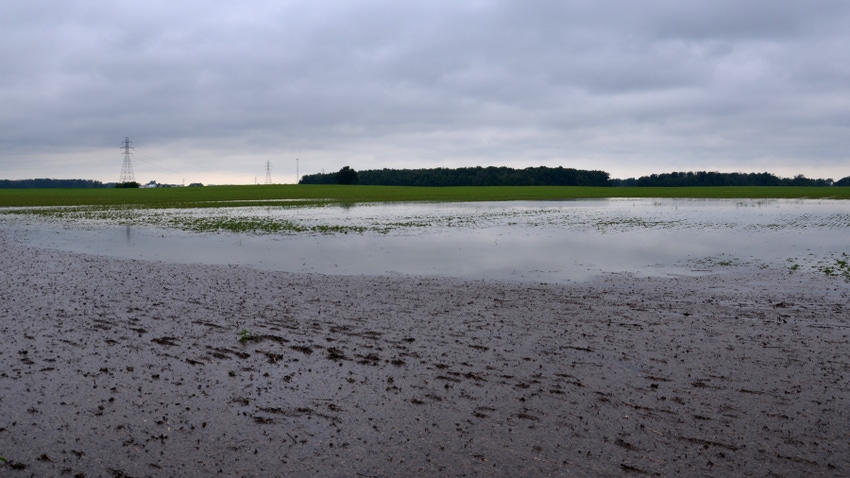
The Drainage Task Force established by the Indiana Legislature in 2022 has met twice. More meetings are promised in 2023. The task force’s charge is to report back late this year with recommendations for updating and fixing mirky laws related to drainage.
After the first two meetings, it’s becoming clear that not all parties come at this issue from the same viewpoint. That’s understandable, because those affected include farmers, homeowners, builders, real estate agents, businesspeople and many others.
The following statements seem to be true. We acknowledge, however, that drainage and flood map issues are a minefield, with complex layers of laws and regulations subject to interpretation.
Indiana is a wet state. Indiana has dozens of poorly drained and somewhat poorly drained soil types, many of them some of the most productive soils. Annual rainfall is over 40 inches per year, so managing excess water is a statewide issue.
Flood zone designations go back to the early 1970s. Much confusion and debate stem from perceptions that the Indiana Department of Natural Resources, which keeps flood maps and asserts control over many state waterways, exerts more authority than necessary. Some also contend that drainage rules and flood maps are more restrictive in Indiana than elsewhere.
“It’s true that the definition of a flood zone under Indiana law affects more acres than would be affected under federal laws for FEMA [Federal Emergency Management Agency], and more so than in most states,” says Jeff Cummins, director of state government relations for Indiana Farm Bureau Inc. “However, the definition was passed into law in the early 1970s.”
Indiana flood zone definition should be reexamined. “That would seem to be logical since the definition dates back so,” Cummins says. “Perhaps it’s time to reexamine if it makes sense today. Hopefully, the Drainage Task Force can tackle and resolve it.”
Flood maps were recently published by DNR, but designations were not changed. FEMA maps aren’t always complete. A few years ago, IDNR received a state grant to update and publish flood maps, Cummins says.
“Some believed they changed designations, but all they did was update maps,” he explains. “It surprised some people, because they hadn’t seen original maps. IDNR rolled out the updated maps during COVID. Lack of in-person public meetings added confusion.”
Proposed legislation this session won’t solve flood map issue. Senate Bill 242 would repeal a rule in 2022 legislation about DNR’s powers requiring municipal authorities to use DNR maps as the “best available flood plain layer” when making permitting decisions.
“If passed, all it means is that decision-makers don’t have to use DNR maps, but maps are not changed,” Cummins says. “They are still legal, and DNR still has authority to enforce them.”
It also doesn’t preclude officials from using the maps. In fact, to avoid possibly issuing permits that shouldn’t be issued, referring to these maps would seem prudent.
“Some mistakes have happened because people didn’t understand flood zone designations already in place,” Cummins says. “If the issue is whether these zones and drainage rules are too stringent, that’s one thing, and hopefully the Drainage Task Force will address it.
“As it stands now, however, it’s clear where flood zones are located. Maps just weren’t easily accessible until DNR began updating and releasing them.”
About the Author(s)
You May Also Like




